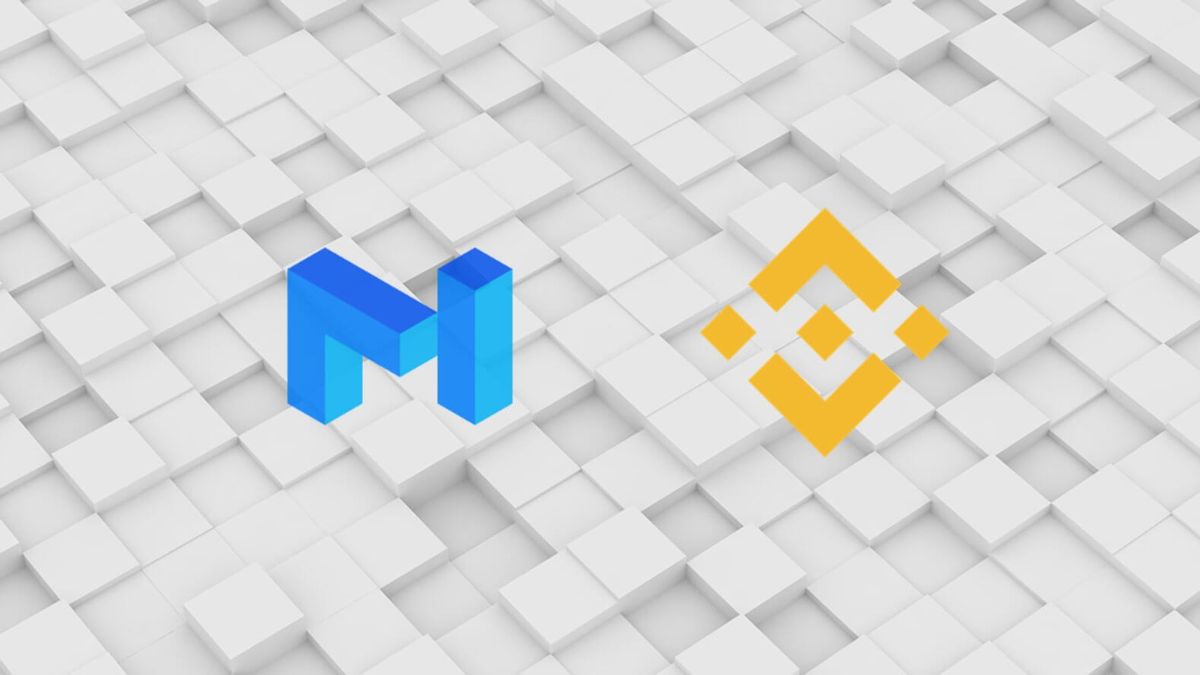Matic Network Final Mainnet To Launch in Q1 2020, Coinbase Custody Announce Their Support

The idea of blockchain and decentralization through open-source, public ledger technology has been around for years now. While there is a lot of talk of what blockchain is, and how the community stands to benefit from it, developers are faced with several challenges. True, Blockchain and DLTs are disruptive and have the attention of governments, but within it lies one ominous problem: scalability.
Scalability Troubles and the Case of the Blockchain Trilemma
Open-source networks controlled by nodes that are distributed across the world and designed specifically to keep the ledger updated undoubtedly provide some benefits for many industries but are currently not ideal for the development of successful applications. For blockchain-based applications to compete with traditional applications, not only do these networks need to solve scalability issues but also address the problem of complex interfaces.
Given the nature of ordinary users, an easy-to-use interface is required to drive adoption and popularize the concept of dapps. Many dapps even present an earning opportunity for end-users because they usher in a better merit-based economy, shifting funds from centralized entities to participants across the spectrum.
Ordinarily, a platform can either decide to focus on scalability and security to the detriment of decentralization, or provide a highly decentralized and secure platform with inherent scalability issues. By keeping the number of distributed validator nodes low, the network’s speed won’t be slowed by the slowest processing full node. Instead, more transactions can be processed as transactions can be confirmed faster, meaning there is effective scalability.
In this case, popular apps can be launched on the blockchain and everyone can use that dapps on that platform just like they would use centralized applications. However, fewer nodes compromises on one of the fundamental aspects of blockchain - decentralization. Therefore, there is an ongoing argument regarding the best approach.
EOS and Tron opted for a Delegated Proof of Stake model, an iteration of Proof of Stake used by Cardano and most smart contracting protocols, but there are concerns of centralization. Off-chain solutions have also been pitched with the concept of side chains being popularized and a white paper forwarded by Cardano for example. But these solutions, despite what they promise, ought to abide by the original blockchain principles and strike a perfect balance, mostly importantly prioritizing scalability.
Fronting Decentralization and Scalability: The Case of Matic Network
Meanwhile, Layer 2 scaling solution Matic Network provides a mix of speed, decentralization, and security. The project carried out an Initial Exchange Offering (IEO) through Binance Launchpad in Q2 2019. As they inch closer towards their goal of providing the infrastructure to deploy mass adoption-ready dapps, platform development is progressing strongly.
So far, generic smart contracts support and Validator and Block Producer layers have been implemented in preparation for the launch of their final mainnet, due in Q1 2020. In addition to this, they are continuously partnering with other top-tier industry players like crypto exchanges WhiteBit and Coinone, and Frontier Wallet for stakers, expanding their ecosystem.Once fully operational, Validators and Delegators will be able to stake their MATIC tokens to become part of the Proof of Stake consensus system in exchange for staking rewards in the form of MATIC tokens.
Counter Stake, Matic’s public incentivized staking Testnet, has attracted over 500 Validators so far. But as designed, there will be a maximum of 100 mainnet Validators at any one point. In the meantime, users can pre-stake at leading Korean exchange Coinone during monthly lockup periods and receive an interest rate of 30.29% APR.
Matic’s scaling solution is powered by their adapted version of Plasma alongside a decentralized network of PoS Validators. Their high-performance infrastructure is theoretically able to process millions of transactions per second through the deployment of multiple side chains (horizontal scaling) and, being blockchain agnostic, can scale any Layer 1 blockchain in need of scalability assistance.
The Role of Plasma and Proof of Stake Side Chains
Because of their use of Plasma, Matic’s side chains are able to settle transactions much faster and cheaper than on the Ethereum main chain. Checkpoints are pushed to the main chain via Matic’s PoS Validator layer.. But perhaps the main distinction, is their goal of creating smooth user experience (UX), and transaction finality being on the main chain.
Since the objective is clear cut and the development roadmap crystal, Matic Network, by design, is shaping up to be technically superior to their competitors in the scaling arena and a platform on which developers can confidently deploy dapps with a desire of mass adoption.
Notably, it is the goal of the project to roll out dapps that have the same level of user experience akin to traditional, centralized applications. A simple to use UI and a seamless UX is a determinant of reception, and the easier it is to interact with the blockchain, the faster the adoption.
Matic Network chains are based on an account-based EVM and support ERC721 in addition to ERC20 tokens, along with asset swaps. This makes Matic the go-to platform for deploying Decentralized Finance (DeFi) applications in particular. As a general purpose platform, however, Matic’s blockchain-agnostic infrastructure is capable of housing a limitless array of Dapp types.
Listing at WhiteBIT and MATIC Custody Support at Coinbase
Over 40 dapps are being built on the Matic Network. On the gaming front, Decentraland and Battle Racers are a couple of examples of the many blockchain-based games building on their infrastructure. Matic Network has also collaborated with WhiteBIT, a European crypto-to-fiat ramp, further increasing the number of avenues through which investors of the token can trade from. At WhiteBIT, clients can trade MATIC/BTC, MATIC/USD and MATIC/USDT pairs whilst enjoying low fees and bonuses.
On Jan 17, Coinbase, the US-based cryptocurrency exchange, said it was addingMATIC to its crypto custody service. The decision on whether to offer support to any coin and token depends on user demand and the exchange’s internal evaluation, signalling high industry confidence of Matic Network.Should demand increase, it is likely that Coinbase will support the trading of the asset at Coinbase Pro. MATIC now joins 37 other carefully selected assets listed on Coinbase Custody including Tezos (XTZ) and Chainlink (LINK).




